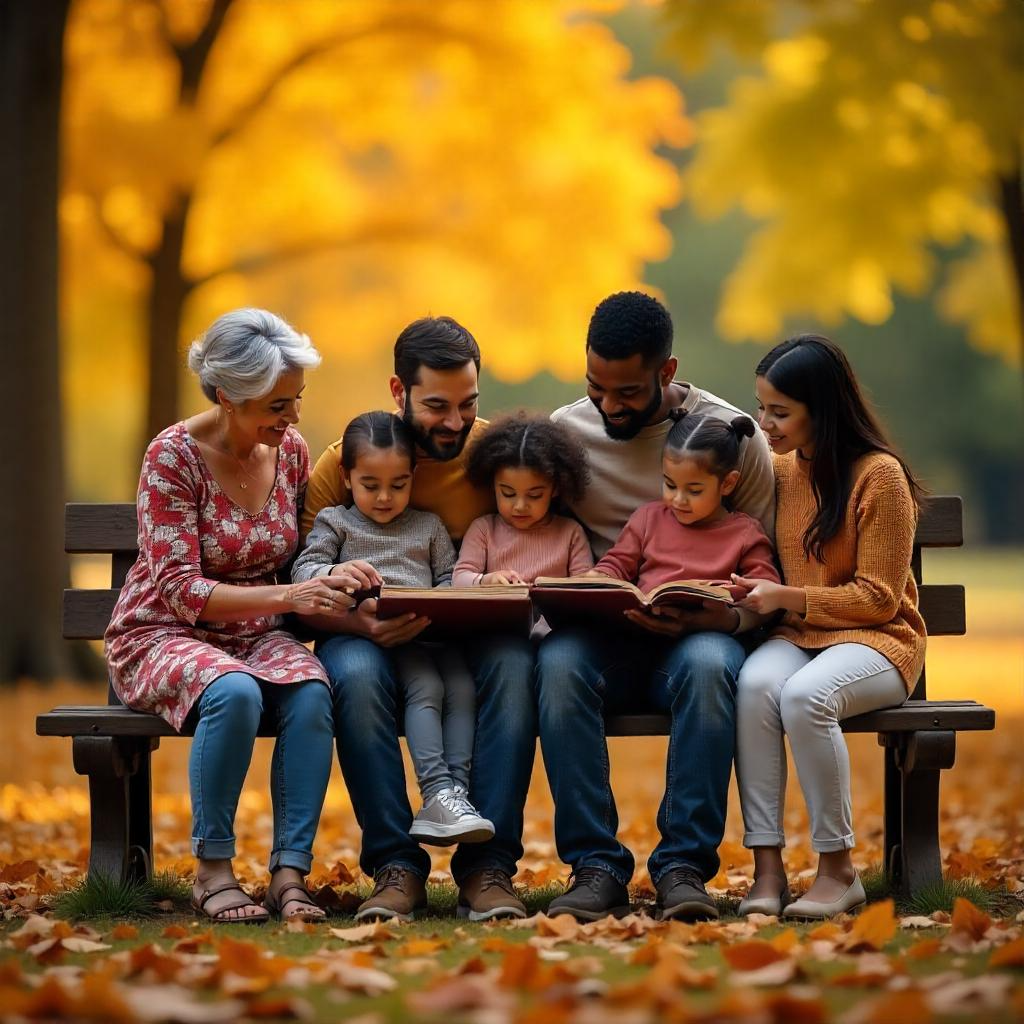
Sharing Your Family's Story: Tips for Preserving Your Heritage Digitally
By | June 9, 2025
4 min read
Psychologists Robyn Fivush and Marshall Duke of Emory University developed the “Do you know…?” scale in the 1990s at the Family Narratives Lab. This was a series of 20 questions for parents to ask children to begin the process of sharing family history and stories. This process and potential new family tradition of story telling has important impacts on children’s well-being. The positive effects exhibited may include higher self-esteem, higher academic competence, higher social competence, and fewer behavior problems. Fivush and Duke also found that when children knew more about their families, they had strong senses of self control over their own lives and they believed in the positive functionality of their families. So, preserving family heritage is also about raising happy, connected, autonomous, and self-aware children.
Based on the research of the aforementioned psychologists, it is clear that stories and traditions shape personal identities, but how might they also shape family identities? By documenting heritage, storytellers and listeners bridge gaps between the past, present, and future. All active participants are also preserving memories and traditions against the potential loss that families face without active documentation.
There is so much to include in your digital family story, so where to begin and how can it be organized? A few pieces are essential including personal narratives, cultural traditions, documents and heirlooms, family trees and timelines, and of course photographs and videos. Through personal narratives, users can capture individual family members’ stories, milestones, and achievements. With cultural traditions, users may decide to document holiday celebrations, recipes, songs, or rituals unique to their family. Some documents and heirlooms to attach may be old letters, certificates, or family artifacts to preserve those particular histories. A clear visual representation of a family’s journey may be included through a family tree highlighting ancestors and descendants or a timeline featuring key milestones. Finally, by adding visual content with photographs and audio or video footage, richness and context will elevate the stories.
Timelapse simplifies the digital heritage preservation process for individuals and families. We provide a secure and organized platform for all types of content through centralized storage. There are also collaborative tools that allow multiple family members to contribute their memories and media. If users want to tell stories chronologically, Timelapse helps arrange events and traditions in a coherent and accessible timeline. Lastly, there are plenty of customizable features for personalizing the presentation of family stories in each user’s own way.
At Timelapse, we suggest organizing your digital family history in a few ways:
- Start with interviews: Record conversations with elders or relatives about family traditions and stories. (Try using the 20 questions to begin).
- Gather existing materials: Try digitizing old photos, home videos, and important documents.
- Focus on key moments: Highlight important milestones, celebrations, or challenges that define your family’s journey.
- Encourage collaboration: Involve family members in contributing their perspectives and materials.
- Regular updates: Revisit the digital archive periodically (at least 1x monthly) to add new stories and keep it relevant.
Of course we are all busy in this increasingly fast-paced and tech-dominated world, so we must overcome certain challenges for preserving family heritage and not attempt to “build Rome in a day”. Starting small with one story at a time is best for practicing patience and endurance during the preservation journey. Also by starting small, users can better organize with categories such as tagging stories or media content with dates, names, and events. Remember, the process should be enjoyable as much as it is enlightening. It should also allow for new connections to be made even amongst reluctant family members. The process should be fun and engaging for all, like storytelling sessions or mini family projects.
Allow this preservation journey to bring your family closer together with strengthened bonds and a newly discovered legacy for future generations. This legacy can provide a source of pride and wisdom for descendants in an ever-changing world. Take your first step in your digital heritage journey today by creating a family timeline or recording a cherished tradition! Every family’s story is worth sharing and preserving, don’t forget about yours. Check out Timelapse's user guide to get started.
Disclaimer: The cover image for this blog post was generated using artificial intelligence tools.
